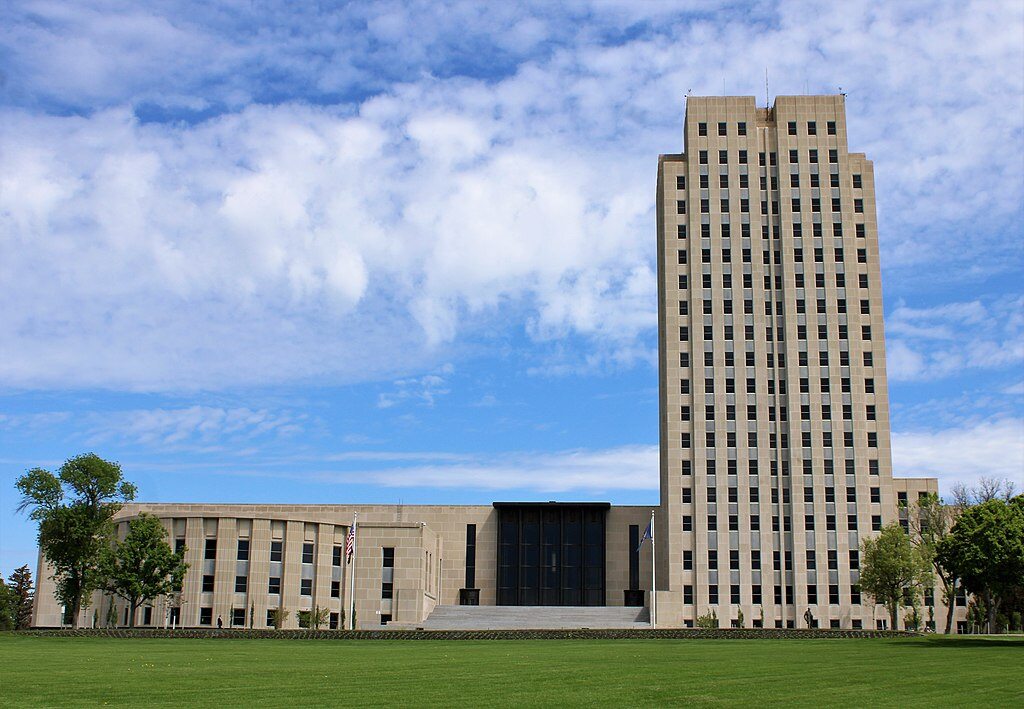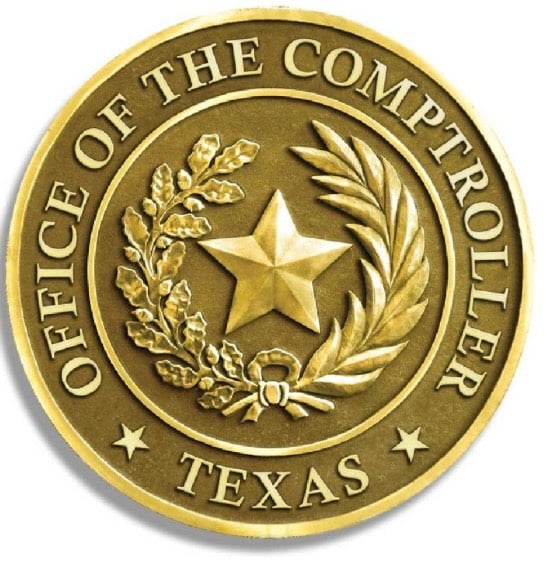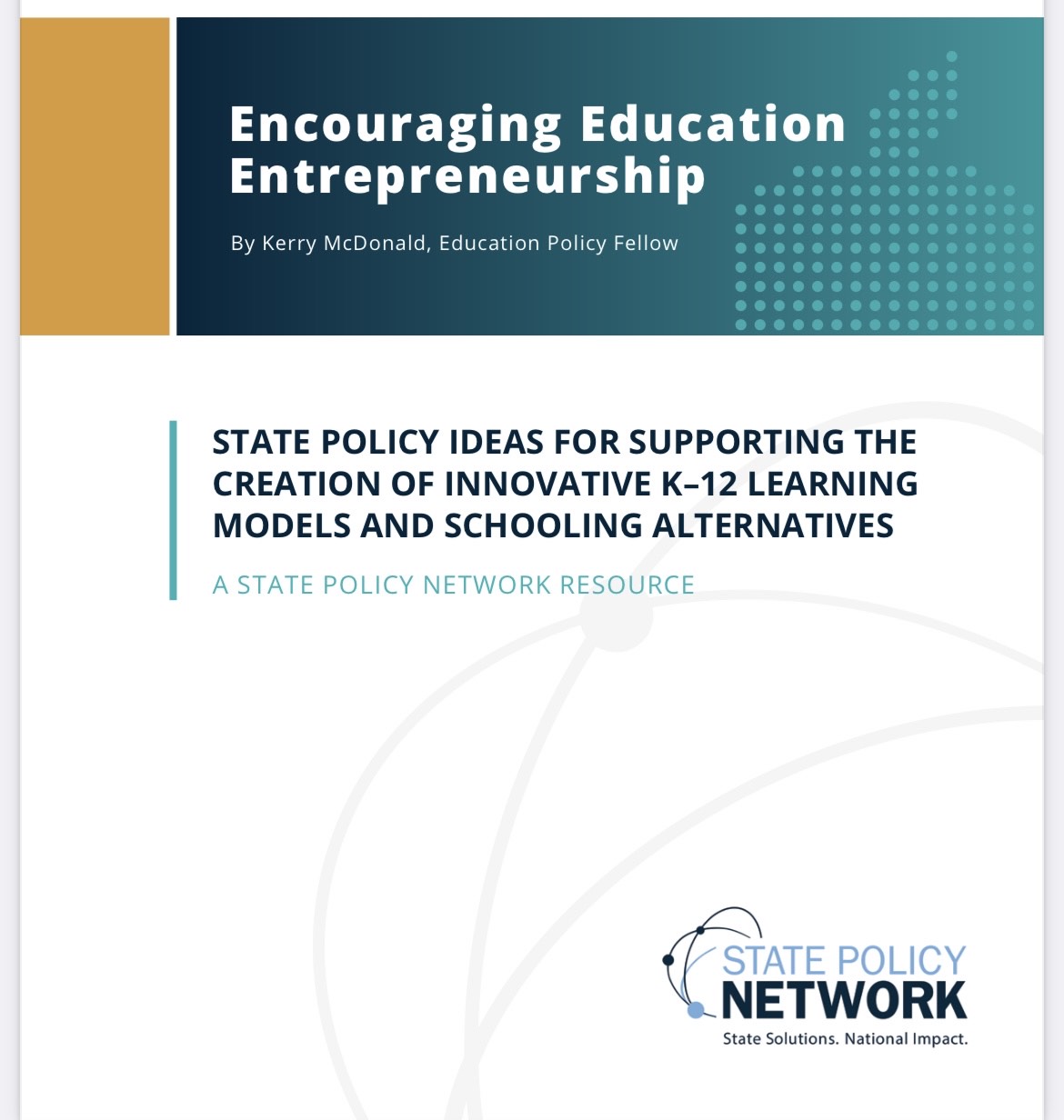Texas ESA Final Rules Published - What Microschools Need to Know
Finalized rules for the Texas Education Freedom Accounts program were published by the state comptroller yesterday, and are available online here.

As the North Dakota legislature considers a proposal to offer important flexibility for microschools from some of the nation's most restrictive regulations on private schools, the Center was asked to provide its perspective and recommendations. Our testimony follows:
Don Soifer, National Microschooling Center
Testimony to the North Dakota House of Representatives
February 4, 2024
Chairman Heinert and Members of the Education Committee,
Thank you for the opportunity to offer testimony in support of proposed HB 1472. I am Don Soifer and I lead the National Microschooling Center, award-winning nonprofit movement-builder working to advance the growth and health of what millions of Americans view as the most exciting movement in our country’s education in a generation.
Microschools are innovative, small learning environments, and they are changing understandings of what is possible in schooling in communities across the nation. Most are organized as either nonpublic schools or learning centers serving families who follow pertinent homeschooling requirements. Because nothing meaningful in education occurs in a vacuum, they are created in response to the educational needs and what families are seeking in their communities, and to their required operating frameworks, which vary significantly from state to state.
As such, most are organized as either small private schools (37%) or learning centers serving families who follow homeschool requirements (55%), and some (6%) public models operate within charter school or traditional district-operated school systems.
Our research finds nationally, microschools serve a median size of 16 children. Founders identify more children attending microschools as being from households at approximately the average income for their area (48 percent), or below the average income (40 percent) than above the average income for their area (12 percent).
My own professional background, including as a widely-published education researcher studying innovative schooling models, a charter school authorizer with a strong record advancing school quality in two states, and as a court-appointed expert on school quality, provides me considerable experience on questions of what constitutes a high-quality learning environment, and our team at the National Microschooling Center works regularly to support high-quality microschools in most states in meaningful ways.
My wife and I personally founded and led a highly successful public-private partnership microschool with the City of North Las Vegas where the 100+ children we served, who came to us at two years behind grade level proficiency on average, achieved two years of academic growth in reading, and comparable but slightly lower gains in math, as validated in a case study by the respected RAND Corporation.
How can this work? Families choose microschools for different reasons, especially because their small size and flexibility allow them to be created and operated around the specific needs of the individual children they serve. Curricular components can be evolved, and models popular with families include small, child-centered learning environments, options rarely offered in traditional schooling settings.
As a result, participating children can feel heard, seen and engaged as many never could in the larger, more rigid school systems that they had attended previously.
Educators who choose to leave a traditional setting and start a microschool often express how the flexibilities in microschooling allows them to reach their full potential as an educator, they are able to be flexible and make decisions on the spot rather than wait for a system to approve a purchase or new idea.
I see particular value in the approach offered by the plan being discussed today for several reasons. North Dakota is among the states with the most heavily regulated private school sectors in America, which would make it prohibitive for the most effective innovative microschool models in the country to open to serve children here while remaining small and affordable.
Most microschools (more than 60 percent) are founded by experienced educators who have held professional licenses in their state. These are often not maintained as few states offer the continuing education offerings pertinent to the skills and practices necessary to operating a successful microschool. Other thriving microschools are led by noneducators, often military veterans and private-sector professionals. Our nonprofit Center offers many popular trainings and resources at no cost to founders.
Microschooling is about creating new learning options, which are not only small and highly personalized but often not currently available in the communities in which they operate. Microschools often seek to serve children who have not been thriving in their prior educational settings. Children representing a broad range of special populations have a strong presence in today’s microschooling movement. Children with neurodiversities, other special needs, and those coming to microschools at two or more grades below “grade level mastery” as defined by their state all are served by more than 50 percent of microschools surveyed nationally.
Thank you, and I would be happy to answer any questions you may have.

Finalized rules for the Texas Education Freedom Accounts program were published by the state comptroller yesterday, and are available online here.

America’s fast-growing microschooling movement is driven by local leaders who may not think of themselves as entrepreneurs in the sense that, had...

As more employers consider creating company microschools to support their workers’ families, some clear, simple federal measures can help.